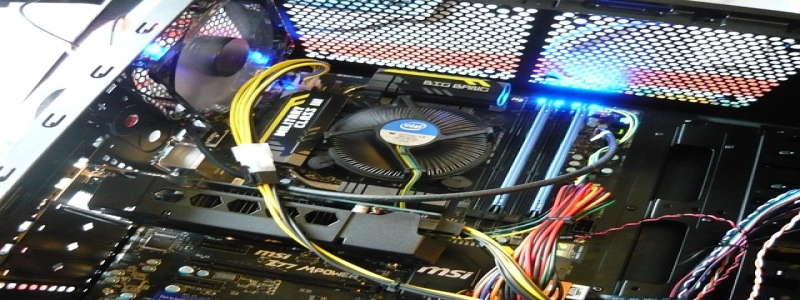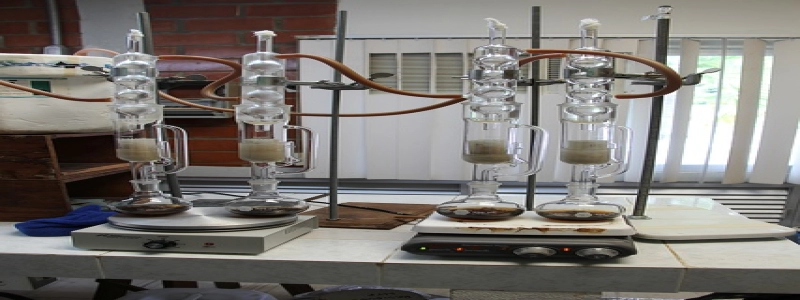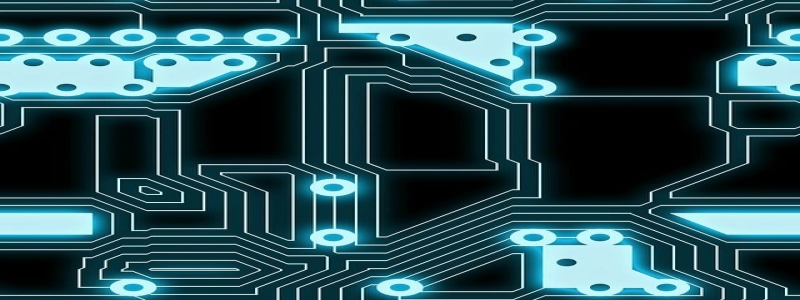Fiber Single Mode
Johdanto:
Fiber optics is a technology that uses thin strands of glass or plastic to transmit data through pulses of light. It has revolutionized the telecommunications industry, providing faster and more reliable data transmission compared to traditional copper cables. Fiber optics comes in different modes, and in this article, we will focus on fiber single mode.
1. What is Fiber Single Mode?
Fiber single mode is a type of fiber optic cable that allows only one mode of light to propagate through the core. It has a small core diameter, typically around 9 microns, which minimizes the dispersion of light signals. This means that light travels in a straight line, allowing for longer transmission distances without loss of signal quality.
2. Advantages of Fiber Single Mode:
a. Longer Transmission Distances: Compared to multimode fibers, single mode fibers can transmit data over longer distances. They can transmit signals up to 100 kilometers without the need for signal regeneration. This makes single mode fibers ideal for long-haul applications.
b. Higher Bandwidth: Single mode fibers have a larger bandwidth compared to multimode fibers. This means they can carry more data at higher speeds, making them suitable for high-capacity networks and bandwidth-intensive applications.
c. Better Signal Quality: Single mode fibers have lower dispersion and attenuation, resulting in better signal quality. This means less signal degradation and fewer errors during transmission. It is especially important for transmitting critical data over long distances.
d. Future-proof: Single mode fibers are future-proof as they can support higher data rates and wavelengths. With the increasing demand for higher bandwidth and faster speeds, single mode fibers are well-suited for next-generation networks.
3. Applications of Fiber Single Mode:
a. Telecommunications: Single mode fibers are extensively used in the telecommunications industry for long-distance data transmission. They are commonly employed in backbone networks, connecting different cities and countries.
b. Palvelinkeskukset: Single mode fibers are used in data centers to connect different equipment and servers. They allow for high-speed data transmission and lower latency, improving overall network performance.
c. CATV and IPTV: Single mode fibers enable high-quality video and audio signals to be transmitted over long distances. They are commonly used in cable television networks and Internet Protocol Television (IPTV) services.
d. Oil and Gas Industry: Single mode fibers are utilized in oil and gas applications for monitoring and controlling remote equipment. They provide reliable and secure transmission of data in harsh and remote environments.
Johtopäätös:
Fiber single mode is a crucial component in today’s telecommunications and networking infrastructure. Its advantages in terms of longer transmission distances, higher bandwidth, and better signal quality make it the preferred choice for various applications. With the continuous advancements in technology and the growing demand for faster and more reliable data transmission, fiber single mode will continue to play a crucial role in shaping the future of communication networks.








